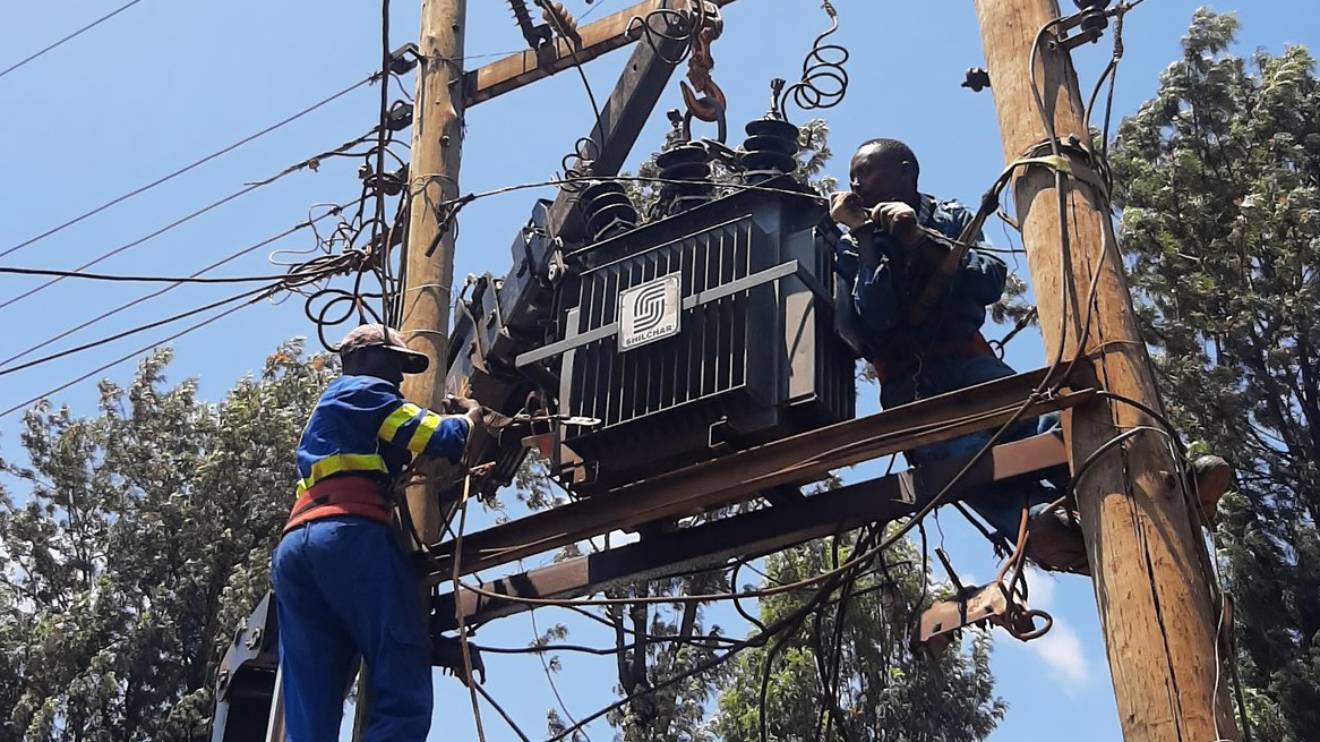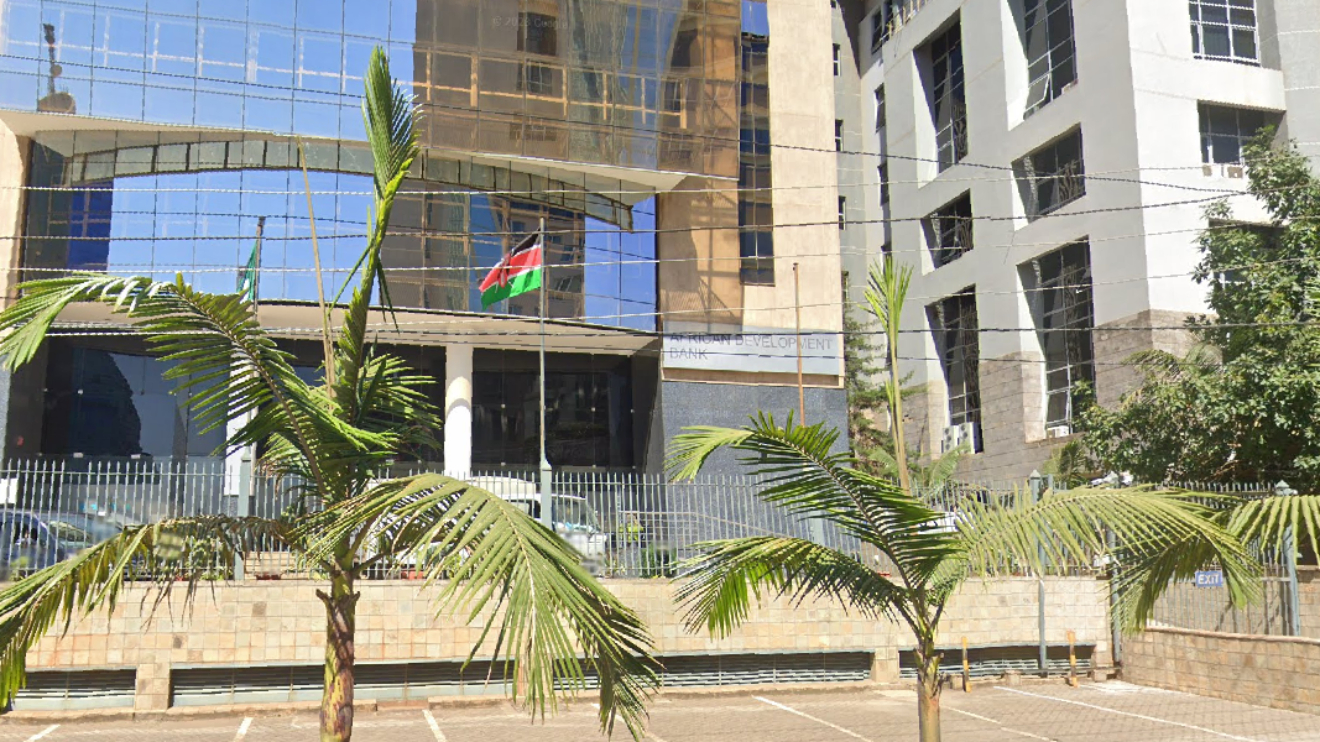Kenya’s electricity crisis is set to persist even as lawmakers voted to scrap excise duty on imported transformers—a move intended to cut connection fees that remain prohibitively high for many households and small businesses.
This week, Parliament passed the Excise Duty (Amendment) Bill, 2025, effectively eliminating the 25 per cent levy on fully assembled electric transformers and their components.
The Bill, now awaiting presidential assent, reads: “The removal of excise duty will reduce electricity connection costs for customers. Since every customer is connected to a grid linked to a transformer, reduction in the costs of transformers will have the positive effect of reduction of connection fees.”
Yet, behind the promise of cheaper electricity lies a power sector riddled with inefficiencies, rising theft, and chronic underfunding.
Kenya Power, the country's main electricity distributor, currently charges between Sh35,000 and Sh40,000 for single-phase power connections.
Read More
For larger consumers such as factories, three-phase connections can cost as much as Sh75,000. In rural areas where new transformers are required, charges soar above Sh100,000—an insurmountable hurdle for most residents.
At the heart of this crisis is the transformer—the critical but costly device at the centre of Kenya's power grid. The average cost of a single unit is approximately Sh900,000.
In 2023 alone, Kenya Power lost 365 transformers worth Sh328 million to vandalism, with another 78 worth Sh78 million vanishing in the early months of 2024.
These losses not only darken homes and businesses for extended periods but also leave the utility struggling to replace vital equipment.
Kenya Power has pointed to procurement delays and cost constraints as the main reasons for slow reconnections.
The Excise Duty Bill acknowledges this, stating: “The removal of excise duty will reduce the replacement cost of transformers and by extension reduction of the electricity tariff… [It] will enable the Kenya Power and Lighting Company to procure adequate transformers within its current budget and prevent or reduce power blackouts due to insufficient stocks of transformers.”
However, this attempt at fiscal reprieve follows months of deep budget cuts. Kenya Power has had to scale back on equipment purchases after the National Treasury slashed funds to ministries and parastatals.
According to John Ngeno, the utility’s general manager for supply chain and logistics, "Kenya Power had budget challenges when the National Treasury slashed budgets for ministries and parastatals. As a result, Kenya Power did an initial tender in October 2024 for transformers that were out of stock and could be accommodated in the reduced budget."
Earlier this month, the utility floated a fresh tender for 3,319 distribution transformers, focusing on sourcing from local manufacturers.
Ngeno said, "Kenya Power intends to procure any ready stocks from local manufacturers, whose supply is not limited to KPC, but also Rural Electrification and Renewable Energy Corporation and other private firms."
While Parliament’s intervention removes a financial obstacle, it does little to address the operational cracks in Kenya Power’s supply chain, nor does it guarantee that the savings will translate to lower costs for consumers.
The true impact will depend not only on the President’s assent but also on the government's political will to fund public utilities effectively.



 shares a light moment with the company's Group CEO Dr Patrick Tumbo (right) at a past event-1758121528.jpeg)
-1758116028.jpeg)



